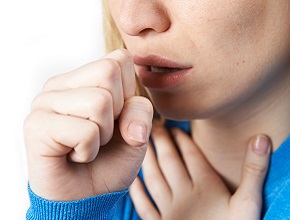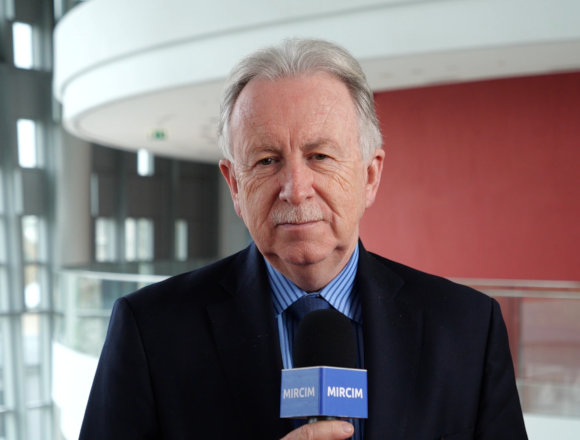Medical masks or N95 respirators: which ones offer better protection against COVID-19 for health-care personnel?
Background: There is uncertainty as to whether the use of standard medical masks in a health-care setting offers similar protection against severe acute respiratory syndrome coronavirus 2 (SARS-CoV-2) infection as compared with more specialized N95 respirators. The aim of this study was to determine if medical masks are noninferior to N95 respirators to prevent coronavirus disease 2019 (COVID-19) in health-care workers providing routine care to patients with confirmed or suspected COVID-19.
Methods: This was a randomized, noninferiority trial conducted between May 2020 and March 2022 that involved 1009 health-care workers in 29 centers (27 acute care hospitals, 2 long-term care facilities) from 4 countries (Canada, Pakistan, Egypt, Israel). Participants were randomly allocated to use medical masks or fit-tested N95 respirators for 10 weeks; all participants had universal masking in accordance with site-specific policies. The primary study outcome was the diagnosis of COVID-19 based on reverse transcriptase–polymerase chain reaction (RT-PCR) testing.
Results: COVID-19 occurred in 10.5% of the medical mask group and 9.3% of the N95 respirator group (hazard ratio [HR], 1.14; 95% CI, 0.77-1.69). Based on an unplanned country-specific subgroup analysis comparing COVID-19 in the medical mask versus N95 respirator groups, COVID-19 occurred in 6.1% versus 2.2% in Canada (HR, 2.83; 95% CI, 0.75-10.72), 35.3% versus 23.5% in Israel (HR, 1.54; 95% CI, 0.43-5.49), 3.3% versus 2.1% in Pakistan (HR, 1.50; 95% CI, 0.25-8,98), and 13.6% versus 14.6% in Egypt (HR, 0.95; 95% CI, 0.60-1.50). There were 47 (10.8%) adverse events related to the intervention in the medical mask group and 59 (13.6%) in the N95 respirator group.
Conclusions: This study could not account for a potential acquisition of SARS-CoV-2 through household and community exposure. It was also limited by factors that included heterogeneity in outcome rates across countries, uncertainty in effect estimates, and across-country differences in circulating variants and vaccination rates. The authors stated that a firm conclusion as to the noninferiority between medical mask and N95 respirator use to prevent SARS-CoV-2 infection was precluded due to between-country heterogeneity; however, the study excluded a doubling in the hazard of RT-PCR–confirmed COVID-19 with medical mask use.
McMaster editors’ commentary: Despite its limitations, this is the only well-designed randomized trial comparing medical masks and N95 respirators for the prevention of COVID-19 in a health-care setting. The take-away message is that medical masks, due to their wide availability and low cost, could be considered the first-line face covering component of personal protective equipment for health-care workers.
 English
English
 Español
Español
 українська
українська









